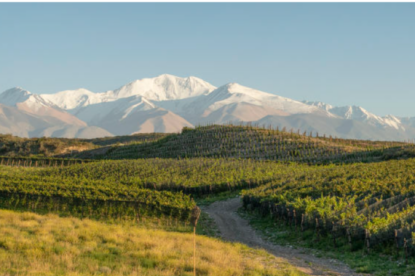What does rosé have going for it besides fun, flavor and food-friendliness? Variety. A large number of red wine grapes can make everything from a pale pink rosé to deep blush and every hue in between. France is a great place to start this exploration, grape by grape. Here are four varieties that make distinctive French rosés.
Pinot Noir
The most famous Pinot Noir in the world comes from Burgundy. And while top bottles can sport a four-figure price tag, rosé thankfully remains a much more affordable option to get a taste of the region. Look for elegant wines from Marsannay, close to Dijon. Or head to the Loire Valley and Sancerre for another take on Pinot Noir rosé. Though the region is best known for its Sauvignon Blanc, Sancerre rosés are just as lively and distinct. Looking for something sparkling? Crémant d’Alsace is 100% Pinot Noir and a great value for high quality bubbles.
Cabernet Franc
The Loire Valley is also a fine spot for Cabernet Franc, especially from Chinon. What is fascinating about the rosés made from this grape there is they retain Cabernet Franc’s inherent characteristics. You find savory notes of green pepper along with a touch of earthiness.
Mourvèdre
Rosés from Bandol, on the sea in the south of France, are made with a significant to large percentage of Mourvèdre. And while the vast majority of rosé is meant to be consumed immediately, the sturdy, structured rosés of Bandol can actually handle a year or two of bottle age.
Grenache
When you think of French rosé,the first thing that comes to mind is Provence. The classic pale pink wines of the region depend on a number of grapes, but Grenache is a major player. And if you like your rosé with more richness and color, try a bottle from the Tavel region.
Published: August 2, 2016













